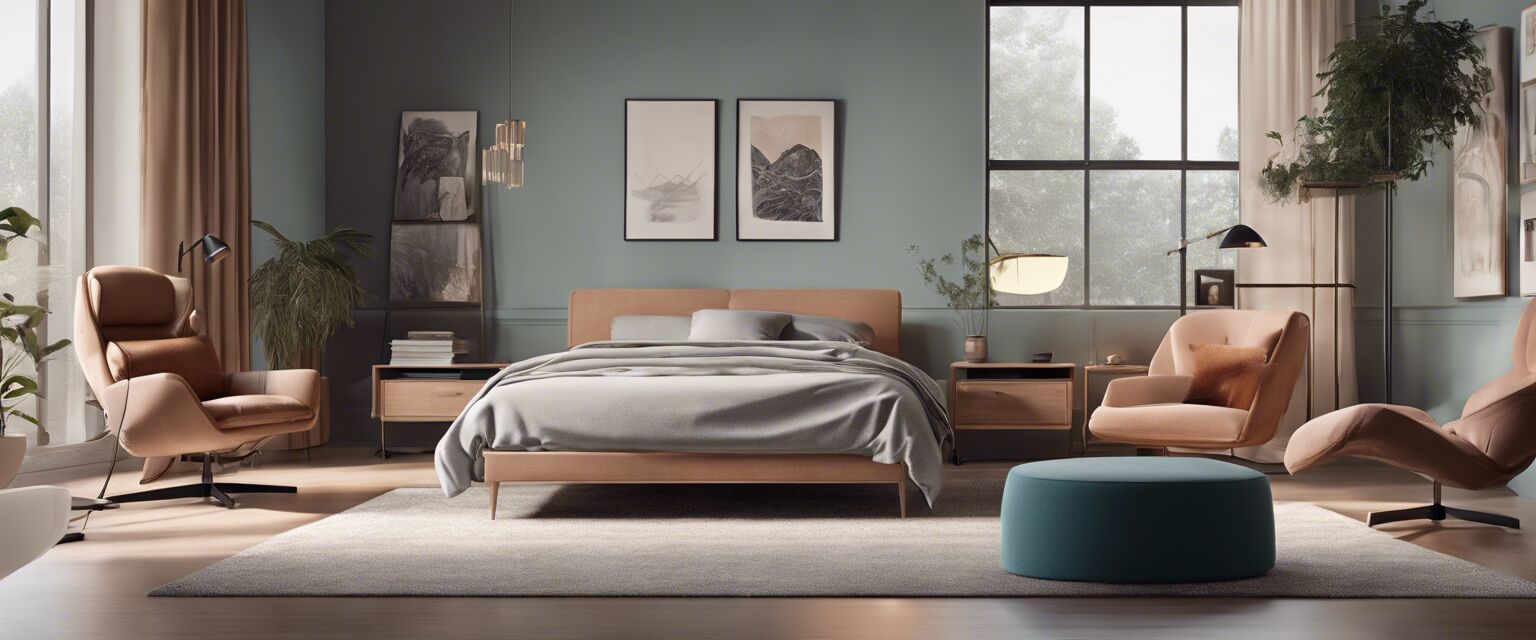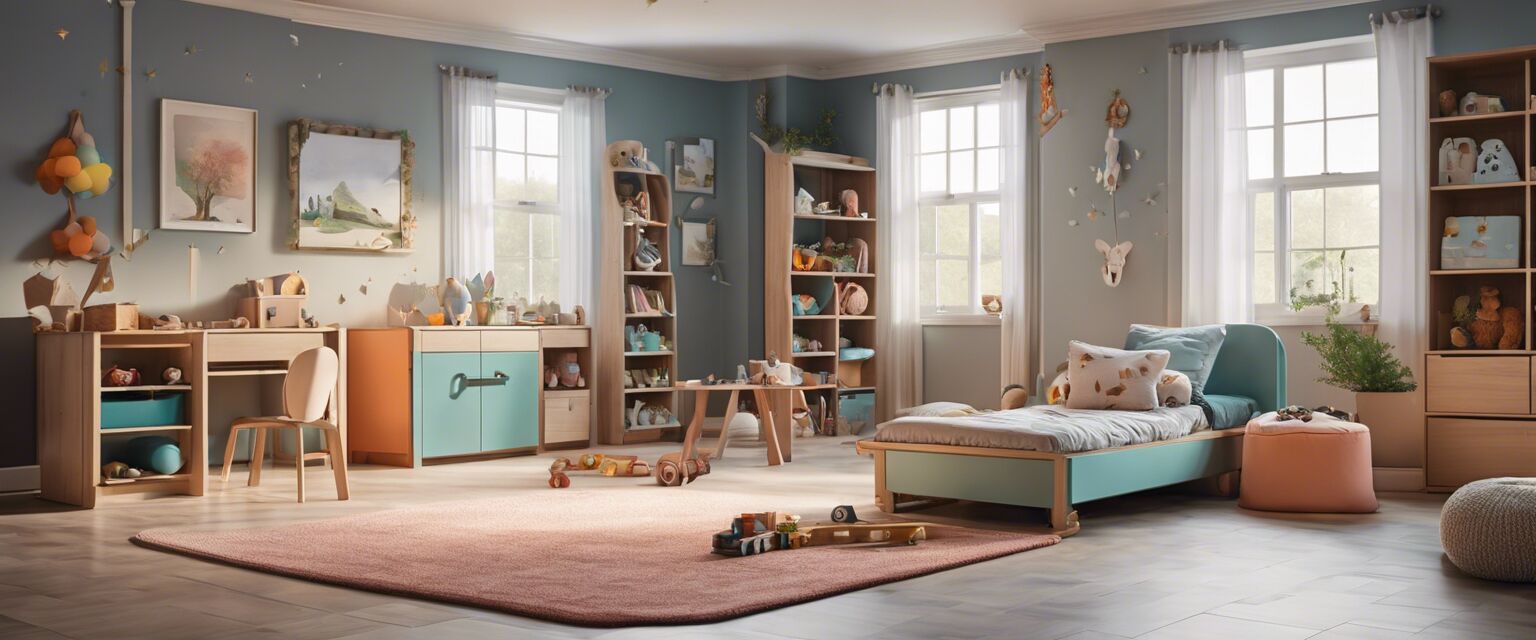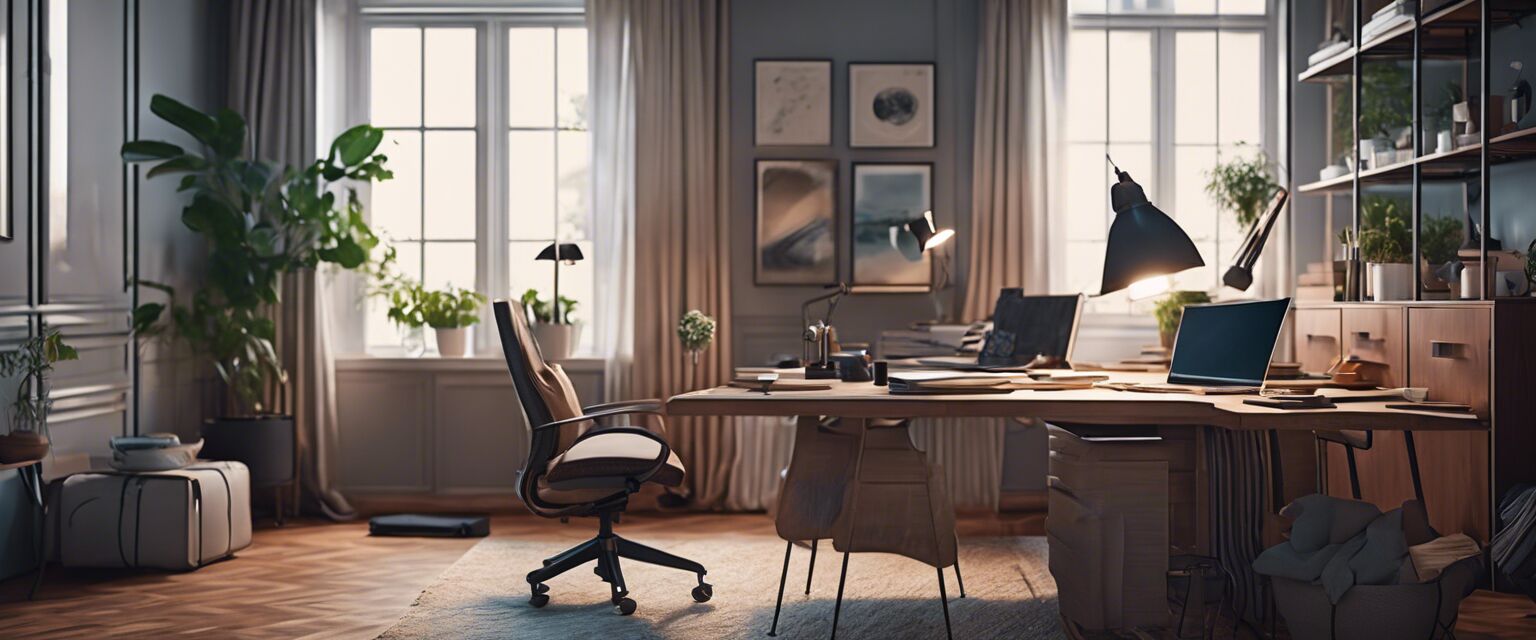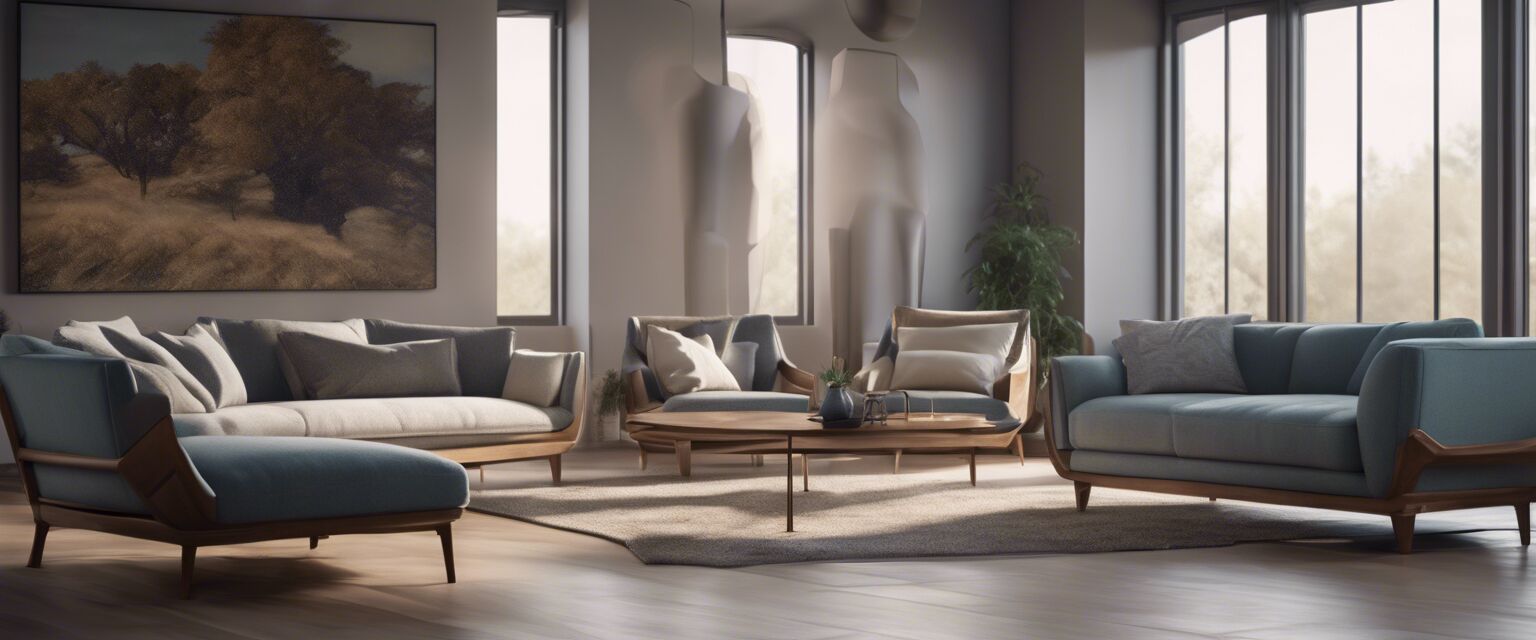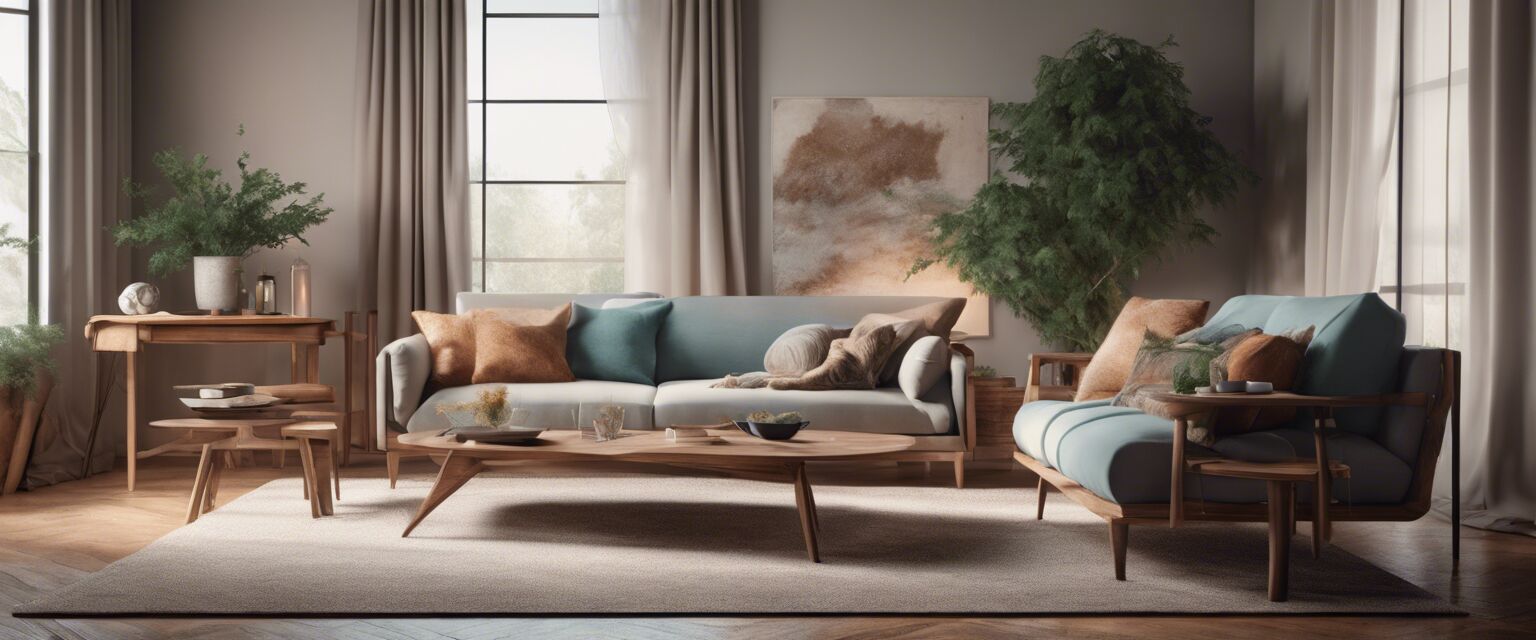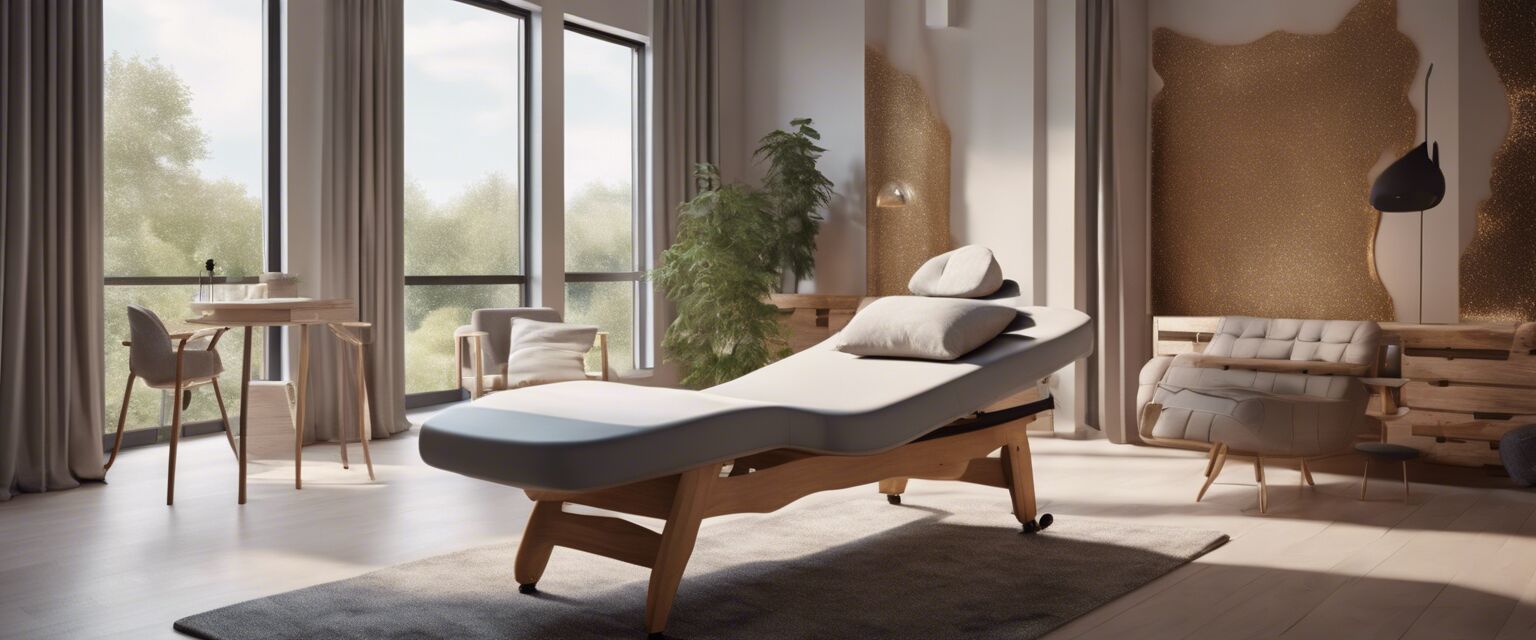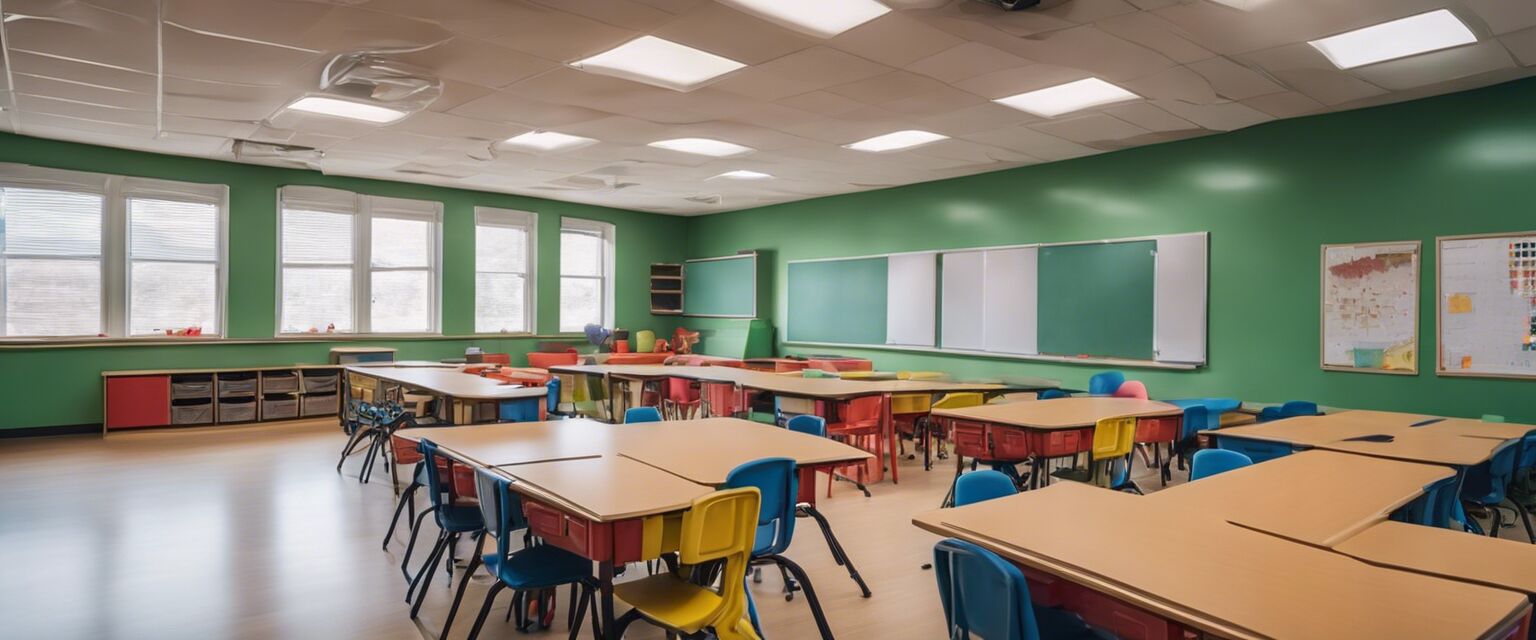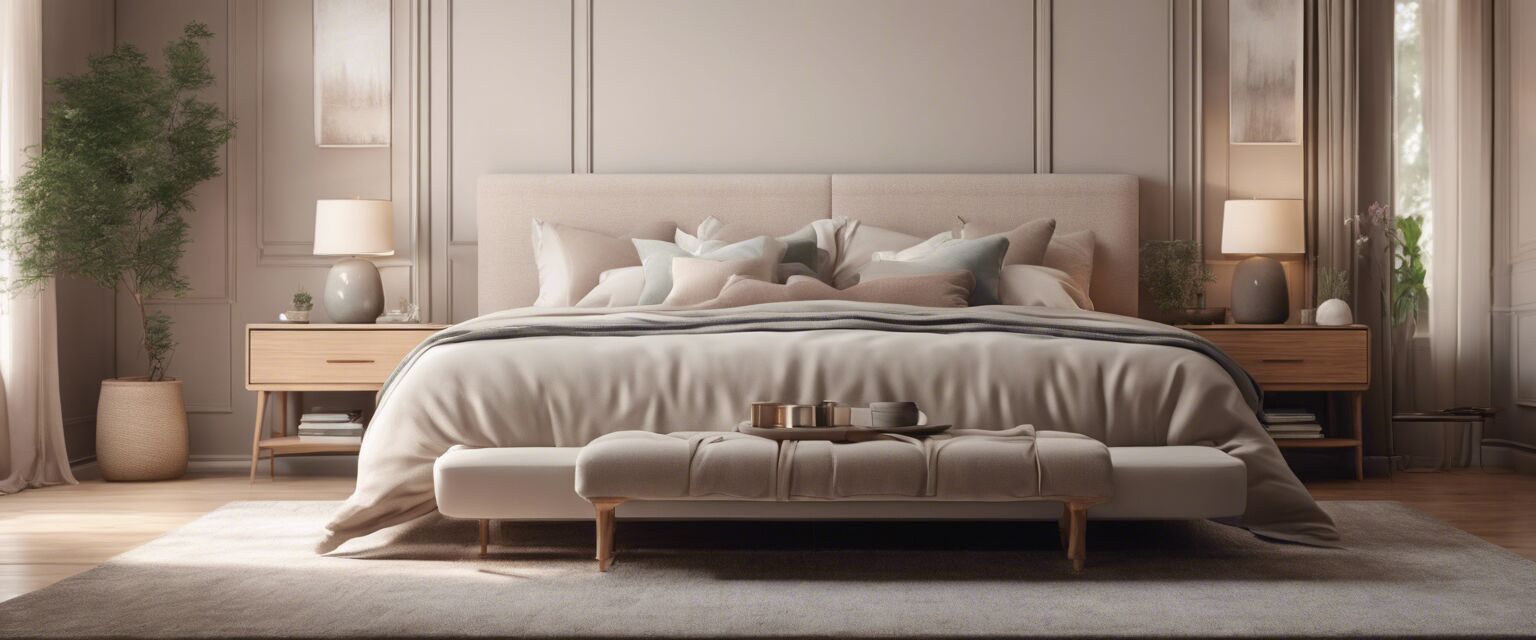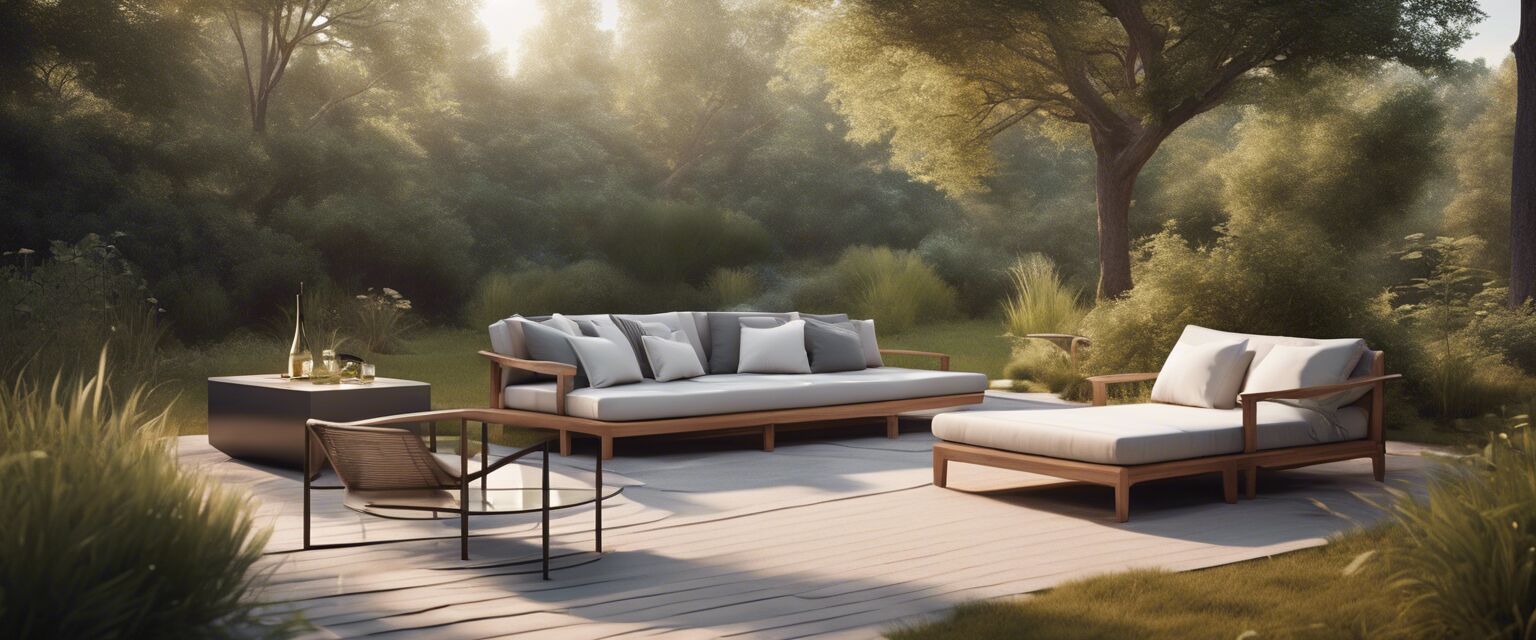
Outdoor sensory-friendly furniture
Key Takeaways
- Outdoor furniture can be designed to meet sensory needs.
- Ergonomic designs promote comfort and ease of use.
- Calming colors and textures enhance the outdoor experience.
- Outdoor sensory spaces can improve relaxation and enjoyment.
- Access to nature can be beneficial for overall well-being.
Creating an outdoor space that is sensory-friendly can greatly enhance the comfort and experience for individuals with autism. The right furniture can provide a calming and inviting environment, making outdoor activities more enjoyable. In this article, we will explore various types of outdoor sensory-friendly furniture options that cater to sensory and comfort needs.
Types of outdoor sensory-friendly furniture
When selecting outdoor furniture for sensory needs, itâs important to focus on ergonomics, textures, and calming colors. Below are some furniture categories to consider:
| Furniture Type | Description | Benefits |
|---|---|---|
| Calming beds | Soft, cushioned beds designed for outdoor use | Comfortable resting space to relax |
| Ergonomic tables | Tables designed with appropriate height and shape | Improves posture and comfort during activities |
| Sensory chairs | Chairs with calming textures and supportive design | Encourages relaxation and provides sensory feedback |
| Quiet room accessories | Items that enhance the outdoor experience | Creates a peaceful environment |
| Sensory tables | Tables designed for tactile exploration | Encourages sensory play and engagement |
| Therapeutic sofas | Outdoor sofas offering support and comfort | Great for lounging and socializing |
Choosing the right materials
When selecting outdoor sensory-friendly furniture, consider the materials used. Here are some options:
- Wood: Provides a natural feel and can be soothing.
- Soft fabrics: Textures like microfibre or cotton can be calming.
- Weather-resistant materials: Ensure durability and longevity.
- Eco-friendly options: Sustainable materials are great for the environment.
Enhancing the sensory experience
To create a truly sensory-friendly outdoor environment, consider incorporating elements that enhance the experience:
Tips for creating a sensory-friendly outdoor space
- Use calming colors like soft blues and greens in furniture.
- Incorporate natural elements like plants and water features.
- Provide shaded areas to ensure comfort in different weather conditions.
- Utilize sound and scent elements to create a multi-sensory experience.
- Ensure there is enough space for movement and exploration.
Examples of outdoor sensory-friendly furniture
Hereâs a closer look at specific types of outdoor furniture that cater to sensory needs:
| Furniture Type | Features | Ideal For |
|---|---|---|
| Calming beds | Soft cushions, calming colors, weather-resistant | Relaxation and lounging |
| Ergonomic tables | Adjustable height, spacious design | Activities like eating or crafting |
| Sensory chairs | Textured fabric, supportive design | Reading or quiet time |
| Therapeutic sofas | Deep seating, soft cushions | Socializing with family and friends |
Creating your outdoor sensory space
Here are some steps to help you create an outdoor sensory space:
- Choose a quiet area in your yard or garden.
- Select furniture that meets sensory needs.
- Add elements like plants, water features, and sound devices.
- Arrange the furniture to promote movement and exploration.
- Consider lighting options for evening use.
Final thoughts
Outdoor sensory-friendly furniture plays a vital role in creating a comfortable and inviting space for individuals with autism. By focusing on ergonomic designs, calming colors, and appropriate materials, you can enhance the outdoor experience significantly. Consider exploring our calming beds, ergonomic desks, sensory chairs, and quiet room accessories to find the perfect pieces for your outdoor sensory space.
Pros
- Enhances comfort for individuals with sensory needs.
- Encourages outdoor activity and exploration.
- Can improve overall well-being and relaxation.
- Offers a unique and inviting space for social interactions.
Cons
- Initial costs can be higher than standard furniture.
- Limited options may not fit every style preference.
- Maintenance may be required to keep furniture in good condition.
FAQ about outdoor sensory-friendly furniture
Here are some common questions regarding outdoor sensory-friendly furniture:
- What should I look for in outdoor sensory furniture? Look for ergonomic designs, calming colors, and comfortable materials.
- Are there specific brands known for sensory-friendly outdoor furniture? Numerous brands offer sensory-friendly options, so researching and comparing is essential.
- How can I make my existing outdoor furniture sensory-friendly? Consider adding cushions, throws, and sensory elements like stress balls or textured items.
Explore more
For additional insights on sensory-friendly products, check out our articles on sensory tables, therapeutic sofas, and quiet room accessories.
Creating an outdoor sensory-friendly space is not just about furniture; itâs about creating an environment that nurtures comfort and relaxation. With the right choices, you can enhance the outdoor experience for individuals with autism, promoting joy and tranquility in the natural world.
